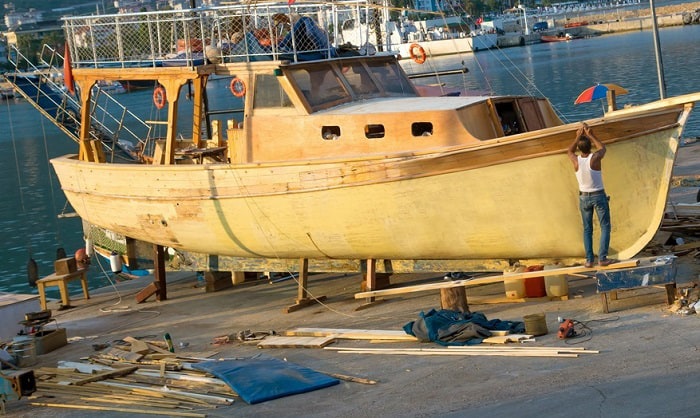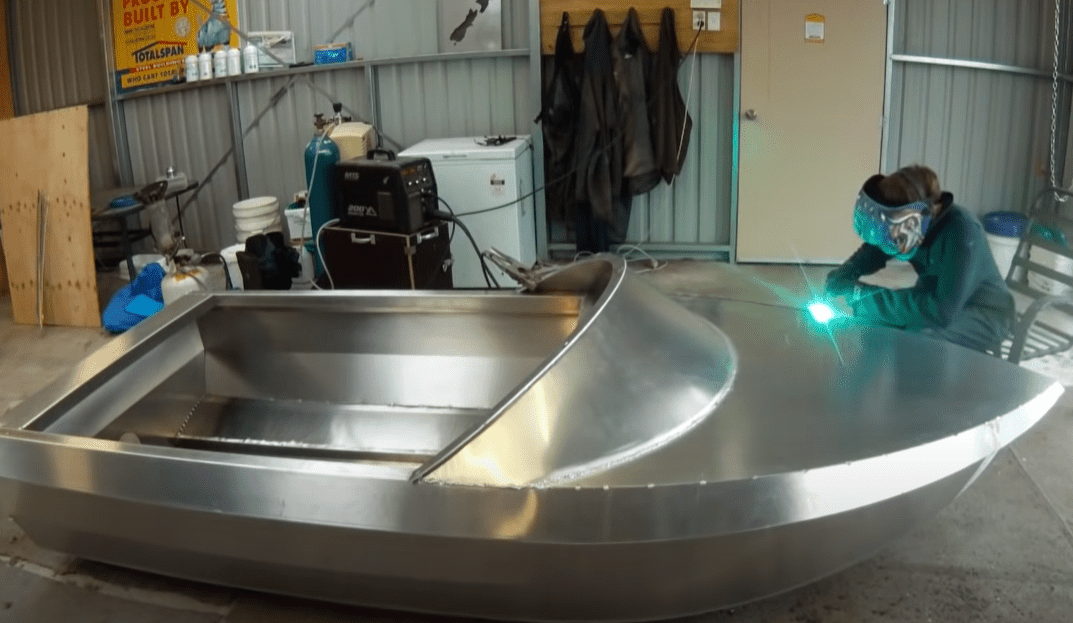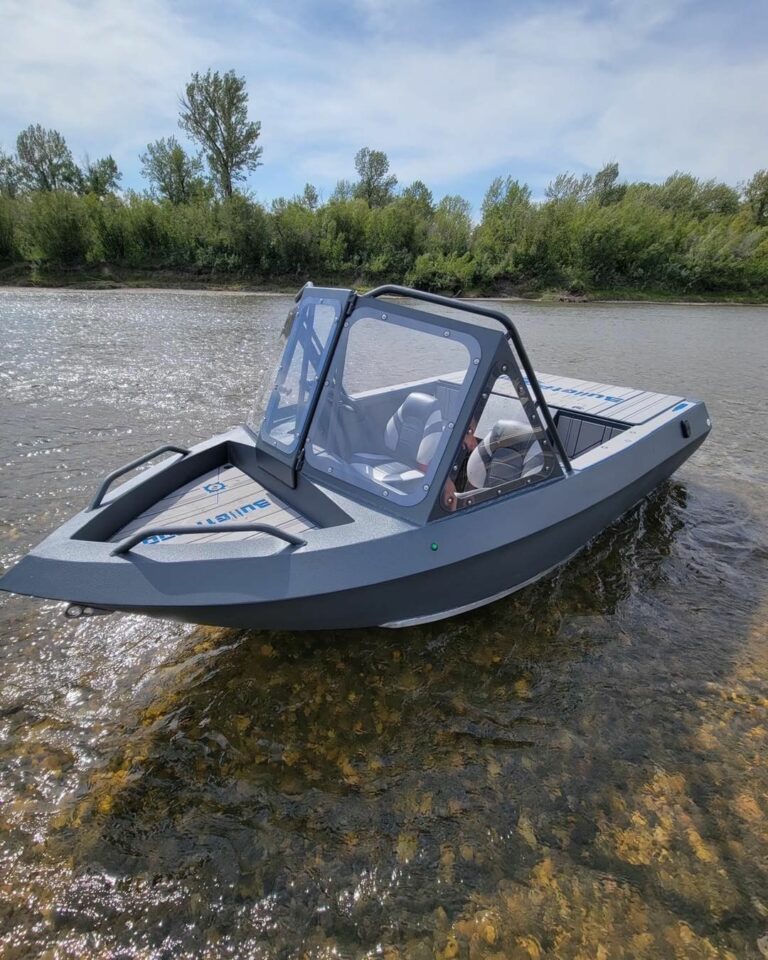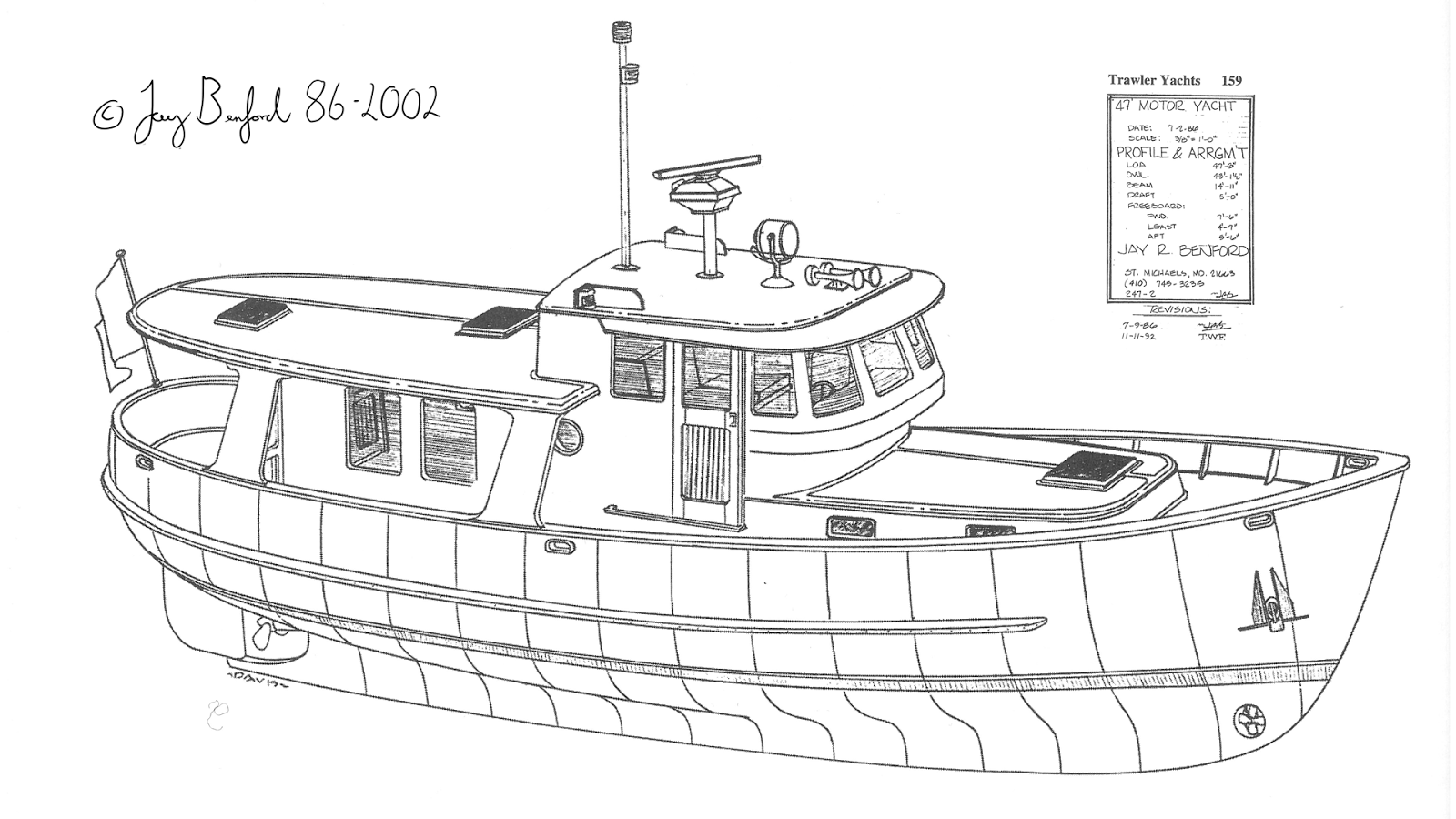
Beyond the Hull: Unveiling Hidden Secrets in Fiberglass Boatbuilding for Speed and Efficiency
Building a fiberglass boat is a challenging but rewarding endeavor. While countless guides detail the process, many gloss over nuanced aspects critical for achieving true speed and efficiency. This article delves into those often-overlooked details, offering fresh perspectives for hobbyists, professionals, and anyone fascinated by the art and science of boatbuilding.
The Unsung Heroes of Hydrodynamics: Beyond Shape Alone
Most guides focus heavily on hull shape, rightfully so. But what about the less glamorous, yet equally important factors influencing speed and efficiency?
Q: How does surface finish truly impact speed, beyond just aesthetics?
A: A perfectly smooth gel coat isn't just pretty; it significantly reduces drag. Recent studies (e.g., research published in the *Journal of Marine Science and Engineering*) show that even microscopic imperfections can create substantial turbulent flow. Consider these innovative approaches:
- Advanced polishing techniques: Moving beyond standard sanding, explore techniques like diamond polishing for a truly mirror-like finish.
- High-tech fillers and resins: Using fillers with exceptionally fine particle sizes can minimize surface irregularities and improve the overall smoothness of the gel coat, resulting in a significant reduction in drag.
- Nano-coatings: These cutting-edge coatings create an ultra-smooth, hydrophobic surface that repels water, further reducing friction.
Q: How can we optimize weight distribution for superior performance?
A: Weight distribution is crucial. A poorly balanced boat will experience increased drag and reduced stability. Consider these often-overlooked aspects:
- Component placement: Precisely locate heavy components like the engine and fuel tanks to minimize pitching and yawing. Finite element analysis (FEA) software can assist in optimizing this.
- Material selection: Explore lighter, high-strength alternatives for non-structural components. Carbon fiber reinforcements, while expensive, can dramatically reduce weight in specific areas.
- Internal structure optimization: Strategic placement of internal bulkheads and stringers can improve stiffness while minimizing weight. Computer-aided design (CAD) software can be instrumental here.
The Art of the Layup: Mastering the Micro-Details
The layup process is where many builders fall short. It's not just about layering fiberglass; it's about precise control of fiber orientation, resin distribution, and void elimination.
Story: The Case of the "Invisible" Void
I once consulted a builder whose boat consistently underperformed. After a thorough inspection, we discovered microscopic voids trapped within the laminate â€" invisible to the naked eye. These small imperfections created significant drag, impacting both speed and fuel efficiency. Proper vacuum bagging techniques are essential to mitigate this issue.
Q: How can we improve resin infusion for better strength-to-weight ratios?
A: Resin infusion allows for precise control of resin content, eliminating excess weight and improving structural integrity. However, achieving optimal results requires careful planning and execution. Explore techniques like:
- Advanced resin systems: Investigate the use of low-viscosity resins that penetrate the fiber more effectively, leading to superior fiber saturation and reduced void formation.
- Optimized flow paths: Carefully design the flow path for the resin to ensure uniform distribution throughout the laminate. Experimentation and simulation can be helpful in determining optimal flow characteristics.
- Automated infusion systems: Consider using automated infusion systems for larger projects to ensure precise control over the infusion process.
Beyond the Build: Ongoing Optimization and Maintenance
A fast and efficient boat requires ongoing care. This is where many builders neglect crucial aspects.
Q: How can we maintain the hull's hydrodynamic properties over time?
A: Regular cleaning and polishing is vital to maintain the surface finish and minimize drag. Proper anti-fouling paint application prevents marine growth that significantly impacts performance. Consider using advanced polishing compounds and self-polishing antifouling paints for optimal results. Furthermore, regular hull inspections for any signs of damage or degradation are crucial for preserving both speed and structural integrity.
By addressing these often-overlooked aspects, boatbuilders can achieve significant improvements in speed, efficiency, and overall performance. The journey towards a truly exceptional fiberglass boat is not just about following established techniques; it's about pushing boundaries and embracing innovation at every stage.























